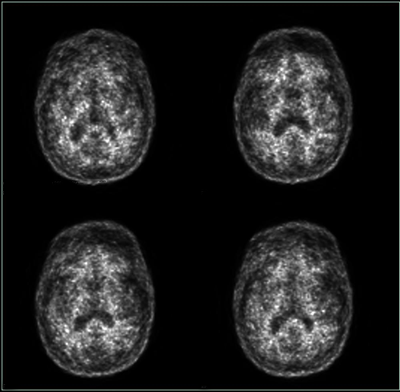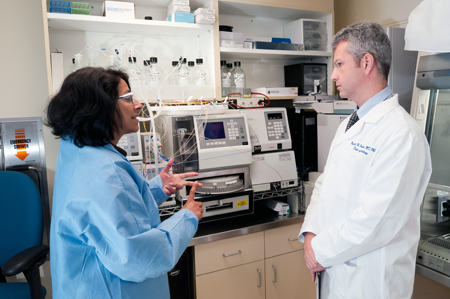Nuclear and Clinical Molecular Imaging Research
Nuclear medicine works closely with basic scientists. The Director of Radiopharmaceutical Research is Henry VanBrocklin, PhD, Professor of Radiology, who heads the group of chemists working in the field of radionuclide synthesis. Youngho Seo, PhD, is the Director of Physics Research Lab and oversees x-ray and radionuclide imaging instrumentation and physics. Robin Ippisch, PhD, is Radiopharmaceutical Facility Director who oversees all the regulatory aspects of radiopharmaceutical production and delivery.
The UCSF Radiopharmaceutical Facility is a UCSF core laboratory registered with the FDA as a manufacture of positron emitting radiopharmaceutials (PET drugs). PET drugs are used in routine and investigational clinical studies as well as basic science research to enhance the understanding of normal and disease tissue pathology by targeting metabolic and molecular pathways in the cell and cellular receptors. This information is used to assist in the current treatment planning options for patients and developing new diagnostic techniques for patients future treatment options.


